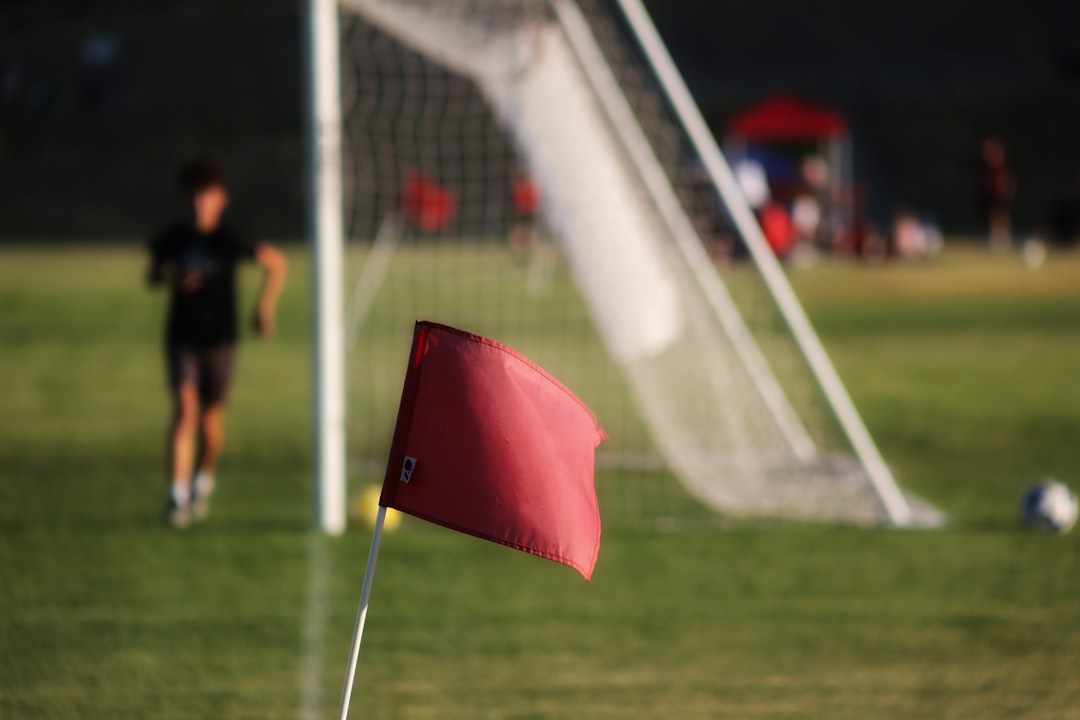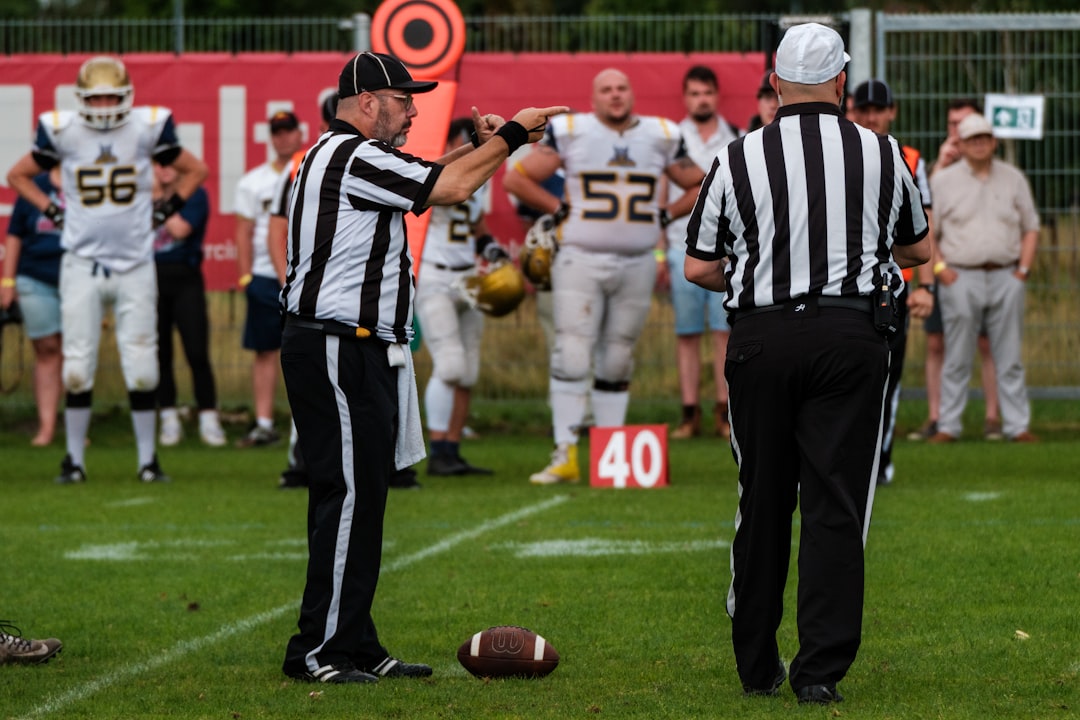Football is a game full of passion, excitement, and, sometimes… a little mischief. That’s where cards come in. Referees use green, yellow, and red cards to keep the game clean and fair. But what do these colors really mean? Let’s break it down in a fun and simple way!
What Are Football Cards?
Cards are like silent messages from the referee. They help control the game without yelling or making a big scene.
- Green cards (rare, but real!) show good behavior.
- Yellow cards are warnings.
- Red cards mean a player is out and cannot return.
Let’s look at each one in detail!
Green Card: Wait, That’s a Thing?
Yes! Although not used in all leagues or internationally, the green card is gaining popularity in some places.
Instead of punishing bad actions, the green card rewards good ones! It’s a pat on the back from the referee.
For example, a player might get a green card for:
- Helping an injured opponent
- Admitting a foul or handball honestly
- Showing great sportsmanship
It feels good to be kind, and now, you can be recognized for it!

The idea behind the green card is to remind everyone that football is about respect and fair play. So keep an eye out – you may see this card more in the future!
Yellow Card: A Gentle Warning
This is the most common card you’ll see during a game. A yellow card is a warning called a “caution.”
It tells a player, “Hey, cool it or you’ll be in trouble!”
You can get a yellow card for:
- Delaying the game on purpose
- Arguing with the referee
- Constantly fouling others
- Time-wasting
- Diving to fake a foul (yep, it’s cheating!)
If a player gets two yellow cards in one game, they automatically see red… literally!
Red Card: The Big Uh-Oh
Red cards are serious. When a player sees red, they leave the field immediately. Their team also plays with one less player. Ouch!
A red card is shown for:
- Dangerous fouls
- Violent behavior (like hitting or kicking)
- Using nasty language
- Stopping a goal using a hand (unless you’re the keeper!)
- Getting two yellow cards in the same match

The player usually gets a suspension too. That means they can’t play in the next match—or sometimes more!
Quick Recap
Let’s sum it up quickly. When you watch a match, remember:
- Green Card – Rare and nice. “Great job!”
- Yellow Card – Watch out. “You’re on thin ice.”
- Red Card – Oh no. “Game over for you!”
Did You Know?
- The card system was first used in the 1970 World Cup.
- The idea came from traffic lights – yellow to slow down, red to stop!
- Some youth leagues use green cards to encourage good vibes!
Why Cards Matter
Cards make the game better. They help keep players safe. They teach fairness. And they remind us that football is more than just winning—it’s also how you play the game.

Next time you watch a match and see a card fly up, you’ll know exactly what’s happening. Now you’re the pro in the room!
So cheer on, play fair, and remember: It’s just a game, but respect is always a win.
